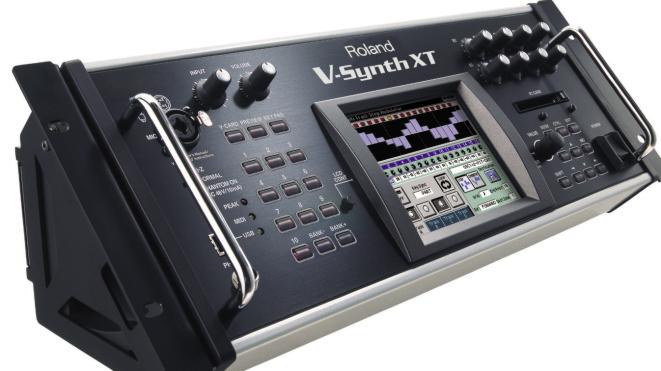by Ken Hayes
Peter Gabriel is a long established rock musician who’s music has reached people all over the world. We can reveal here for the first time that Peter Gabriel is in fact the Messiah, and that he has left us a number of clues over the years that help to reveal his true identity. Let us examine the evidence:
 •Peter shares his name with St. Peter and the angel Gabriel.
•Peter shares his name with St. Peter and the angel Gabriel.
•He was a member of the band Genesis, the first book of the bible.
•He often uses religious themes, for example, the song The Blood of Eden; the Passion soundtrack for The Last Temptation of Christ and his CD-Rom Eden.
•Sinead O’Connor who appears on the song The Blood of Eden went from being a wild child to becoming a priest after befriending him.
Does she know something we don’t?
The greatest evidence we have is in the lyrics of his song Solsbury Hill where he describes how he met with God and how he revealed him that he was his son.
Let us examine the lyrics of the song:
He was something to observe
Came in close, I heard a voice
Standing stretching every nerve
Had to listen had no choice
I did not believe the information
[I] just had to trust imagination
My heart going boom boom boom
‘Son’, he said ‘Grab your things,
I’ve come to take you home’.
He is describing how he was told by God who he really was and how he had to come to terms with his status.
Later in the song he sings:
To keep in silence I resigned
My friends would think I was a nut
Turning water into wine
Open doors would soon be shut
He is saying that he has decided not to tell anyone about what he has learned in case he’s branded a lunatic. He also thinks about what new possibilities there are for him because he has miraculous abilities. He contemplates how his life has suddenly changed.
In the last verse he sings about how people are oblivious to his true identity and that at some point in time he will reveal his true self:
When I think that I am free
Watched by empty silhouettes
Who close their eyes but still can see
No one taught them etiquette
I will show another me
Peter clearly feels he had this role thrust upon him against his will. In an interview with Musician magazine in June 1989 he stated:
Christianity is poured deep in my consciousness, whether I choose to or not.
To finish though, If you believe that Peter is the Messiah and that rock’n’roll will save your soul, take heed, because he also gave this warning in the 1972 Genesis song Apocalypse in 9/8:
666 is no longer alone,
He’s getting out the marrow in your back bone,
And the seven trumpets blowing sweet rock and roll,
Gonna blow right down inside your soul.
Pythagorus with the looking glass reflects the full moon,
In blood, he’s writing the lyrics of a brand new tune.































